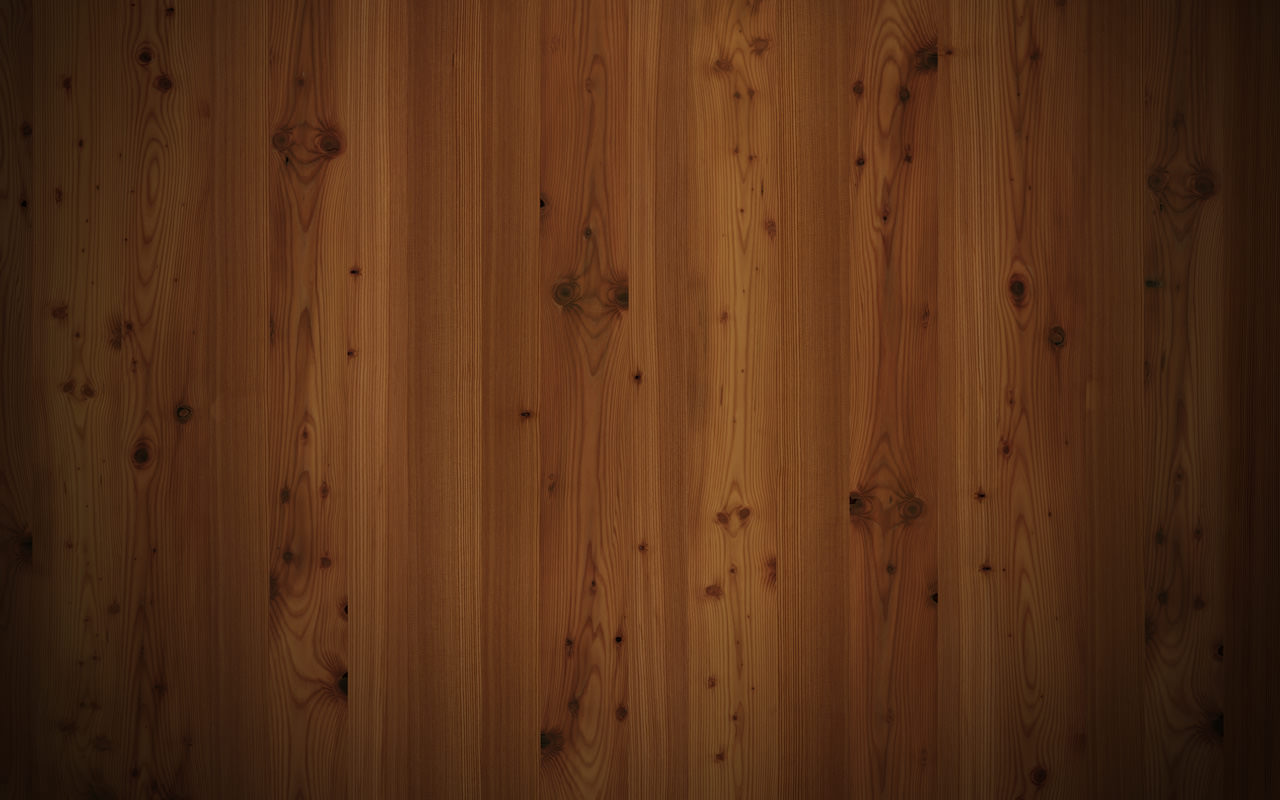

CHAPTER 4: Midfacial Trauma
Resident Manual of Trauma to the Face, Head, and Neck
78
c. Zygomatic Bones
Laterally, the zygoma anteriorly and the greater wing of the sphenoid
posteriorly form the lateral wall. Superiorly, the frontal bone forms the
much stronger orbital roof. The zygomatic bones have a complex
three-dimensional structure, including the arch, which is a thin poste-
rior extension that extends posteriorly from the lateral portion of the
malar eminence, and abuts against the temporal bone, which contrib-
utes the posterior half of the arch. Though thin, the arch creates the
lateral projection of the face.
d. Malar Eminence
The malar eminence forms the prominent cheekbone structure, and its
posterior portion contributes important support to the inferolateral
orbital wall. Displacement of the malar eminence often leads to
significant displacement of the globe.
C. Midfacial Fractures
1. Le Fort Series of Fractures
While numerous classification systems have been proposed, they are
not necessarily precise. Few have matched the simplicity and user-
friendliness of the old, but clinically useful, Le Fort system.
Around the end of the 19th century, René Le Fort, a French military
surgeon, created a series of fractures by traumatizing cadaver faces. He
noticed several patterns that seemed to occur that tended to separate
the tooth-bearing bone from the solid cranium above. These patterns
tended to occur at three general anatomic levels that have come to be
known as Le Fort I, II, and III fractures (Figure 4.3). While few fractures
precisely match the Le Fort definitions, these approximations are
extremely useful in communicating the nature of an injury among
physicians, and they are also useful in planning treatment planning.
Le Fort I, II, and III basically define the level at which the bones holding
the teeth are separated from the remaining bone above.
a. Le Fort I
The Le Fort I classification describes a fracture that extends across both
maxillae above the dentition. It crosses each inferior maxilla from lateral
to medial through the pyriform apertures and across the nasal septum.
Posteriorly, it generally severs the pterygoid plates inferiorly. This frees
the tooth-holding maxillary alveoli from the remaining facial bones
above.










